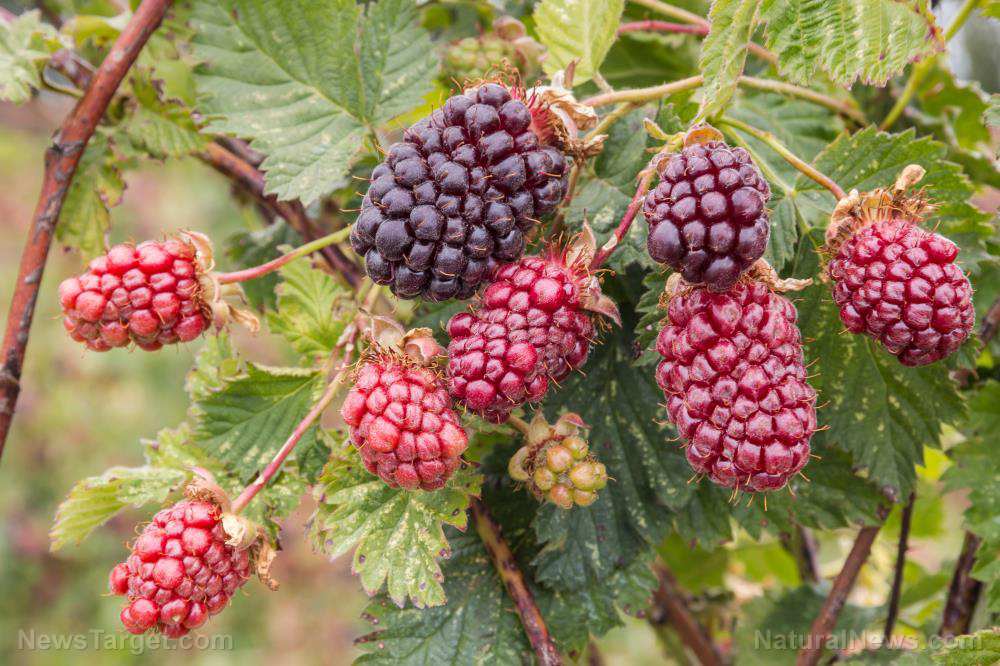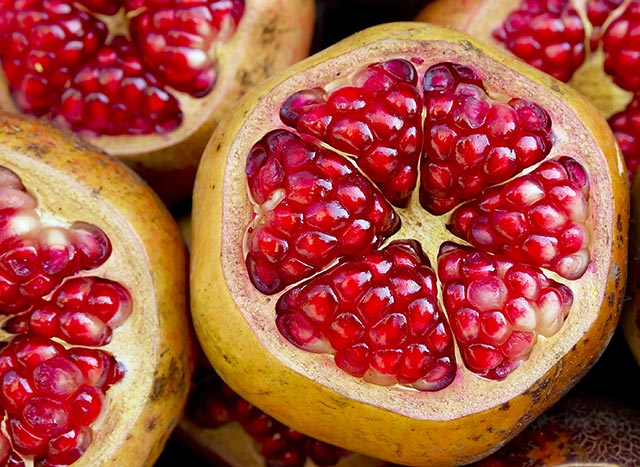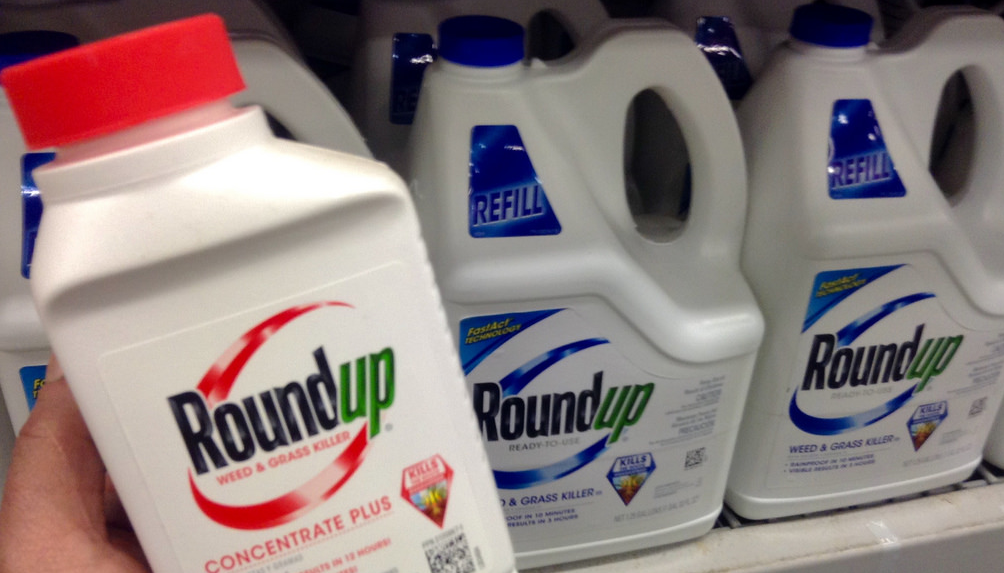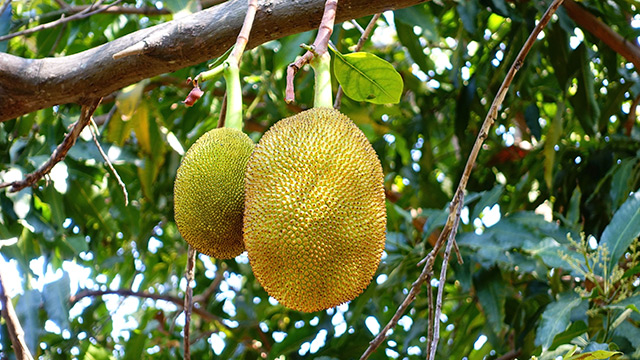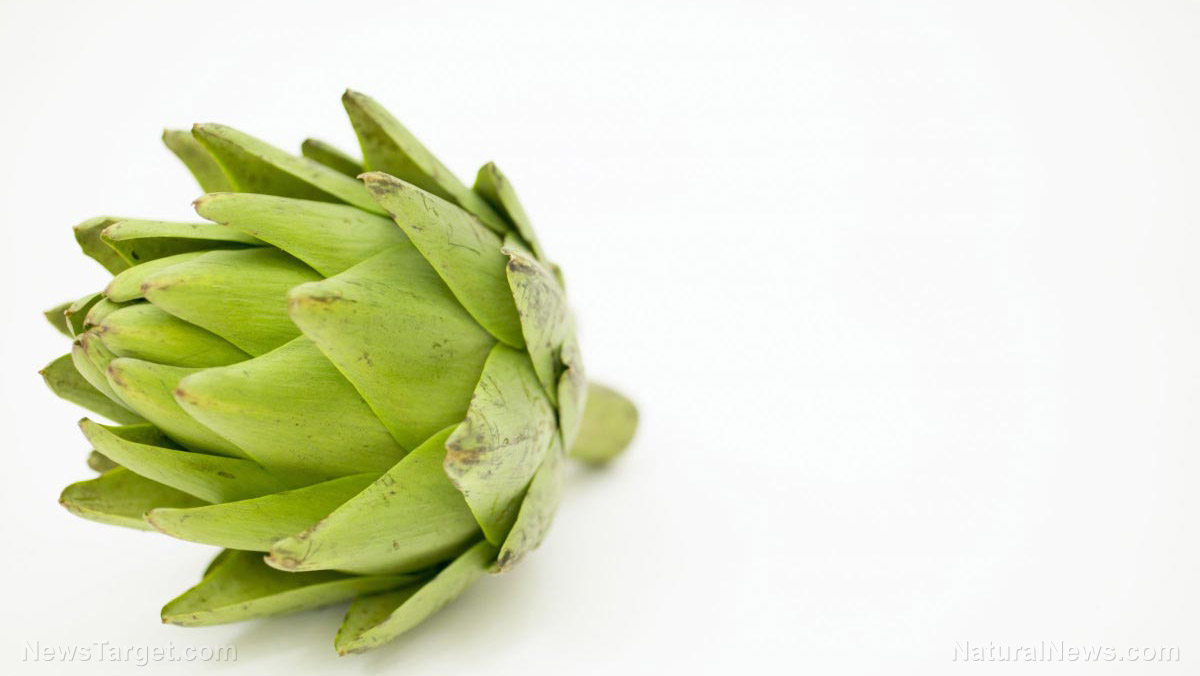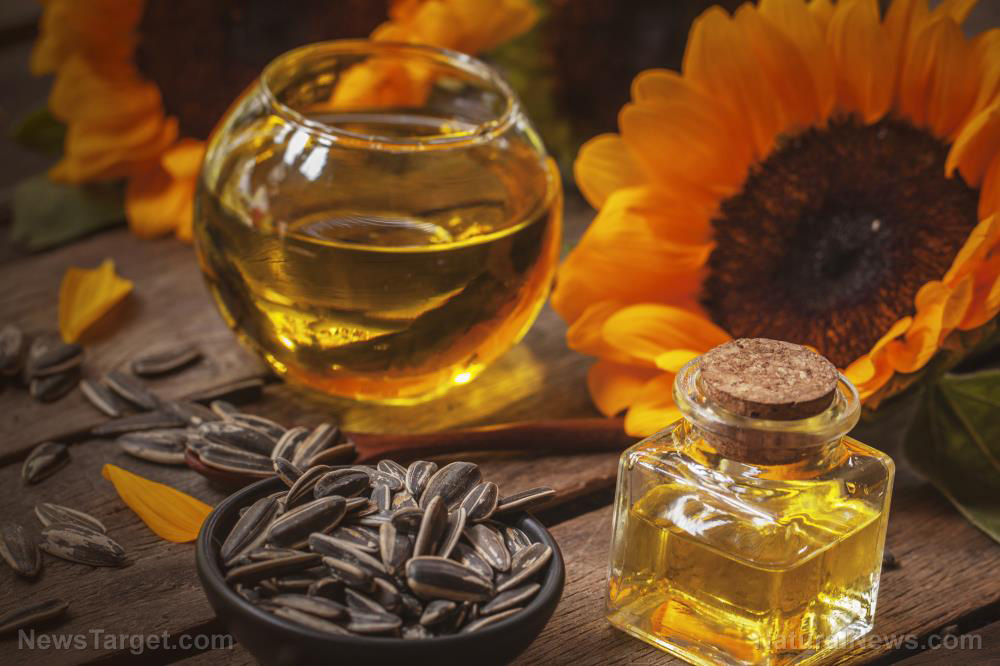Is Monsanto exiting India after ruining farmers lives there for over twenty years?
05/08/2018 / By Lance D Johnson
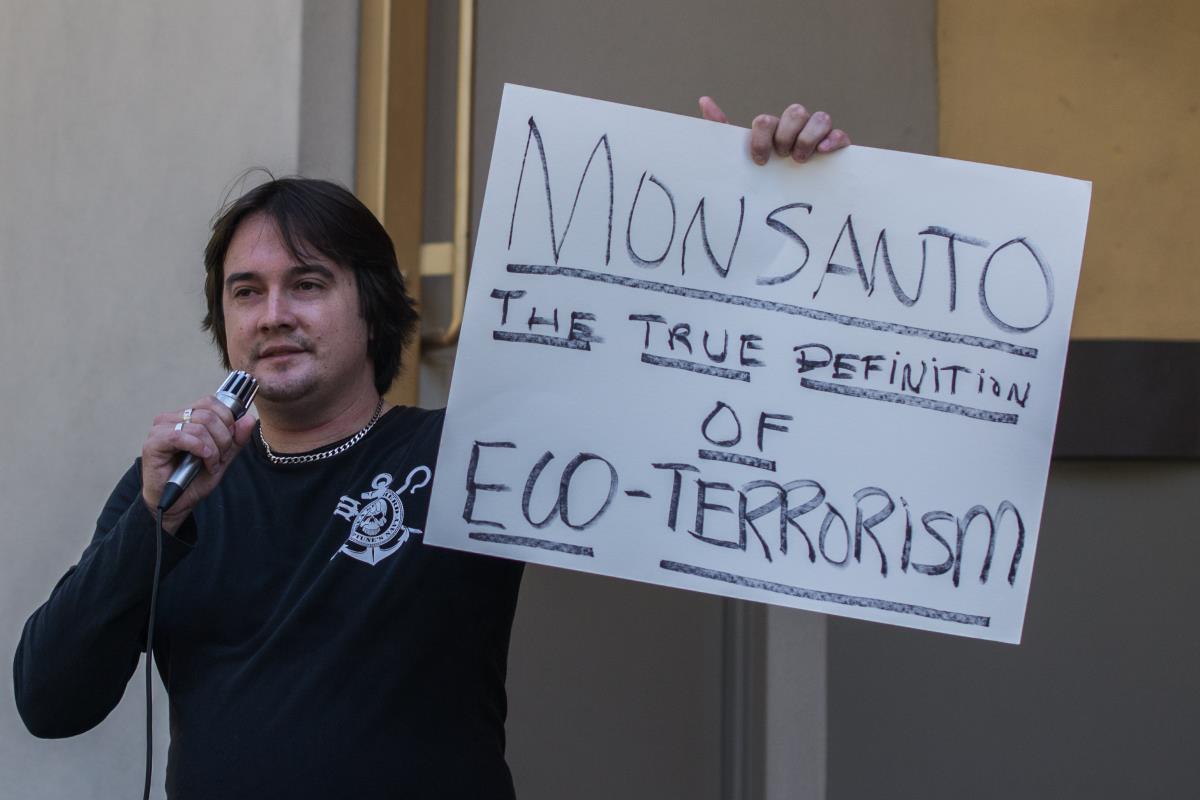
India’s High Court just took a stand against Monsanto and rejected patents for its genetically modified cotton seeds, Bollgard and Bollgard II. Monsanto uses their patents to dictate what seed distributors can sell, controlling agriculture by designating which genetically modified seeds can be used by farmers. As the Delhi High Court takes a stand, Monsanto’s Indian licensee, Nuziveedu Seeds, will no longer be bound by Monsanto’s patents. Now they can sell seeds freely to the farmers without being forced to distribute what Monsanto says they can sell.
Diva Kapur, a lawyer for Nuziveedu Seeds, says Monsanto no longer has a patent on the seeds and “they have never had it.” According to India’s Patents Act of 1970, plant varieties cannot be patented, no matter what has been done to the genetics of the seed. Monsanto has been getting away with fake patents in India for over twenty years, but they could be forced to pull out of India altogether now as the Delhi High Court takes a stand. Monsanto has “tried to hoodwink the seed companies and farmers for years claiming they have a patent and making huge amounts of money from that,” says Kapur.
The move will allow seed distributors and farmers to more readily adapt to their current situation and climate, helping them to make more localized decisions on what is best to grow. They won’t be forced into a cycle of needing and buying Monsanto’s latest seed technology through strict patent enforcement. The move could also free the country from Monsanto’s genetic experimentation, which has a chokehold on agriculture, causing an agrarian crisis of increasing pest resistance.
Under the ruling, Nuziveedu seeds are no longer required to pay royalties to Monsanto. Monsanto’s joint venture with Mahyco Seeds Ltd. could also come to an end, dismantling their seed license empire which controls nearly fifty domestic companies in India. As the big profits dry up, Monsanto is expected to leave the country altogether or fight the ruling in India’s Supreme Court. If Monsanto was all for “feeding the world” then they would stay in India and help the farmers find out what works best for their climate and community needs. Since Monsanto only gets involved in agriculture to control it, they will likely depart India as their patent control and perpetual profit dissipates. They may even be as arrogant as to fight the ruling, to regain control over India’s farmers.
It has been a painful path to this point
When Monsanto first introduced its GM technology in India in 1995, many farmers’ quickly reaped higher yields of specific crops, notably Monsanto’s genetically modified cotton. The GM cotton seeds were successful at first because they were inserted with a pest resistant trait called Bt, which stands for Bacillus thuringiensis. The GM cotton flourished at first, finding dominion over a pervasive pest that naturally affects cotton fields.
Over time, however, the pests began to resist the genetically altered traits of Monsanto’s “superior” technology. Cotton yields began to fall but farmers were forced to pay royalties to Monsanto and accept the high cost of Monsanto’s failed seeds. Forced to continue this way, thousands of farmers went into a vicious cycle of debt and dependence. As yields dropped to record lows, as debt suffocated their livelihood, many farmers resorted to suicide. Due to the havoc Monsanto had caused, the Indian government had no choice but to regulate prices in 2006 and impose strict price controls on cotton seeds in 2016.
As Monsanto merges with Bayer, in a match made in hell, the government of India should prepare itself for a legal fight. Instead of apologizing to farmers for indebting them and destroying their farms over time, Monsanto has hinted that they will challenge the Indian government in the country’s Supreme Court. In this way, Monsanto (and Bayer) can reassert their control over seed distributors and farmers, unleashing their “innovative” products.
For more on Monsanto revelations around the world, check out Monsanto.News.
Sources include:
Tagged Under: agrarian crisis, agrictulural control, agriculture, evil corporation, failed crops, farmer suicides, GM cotton, GM seed patents, India, India Supreme Court, intellectual property, Monsanto, Monsanto Mafia, pest resistance, reparations, seed economy, seed patents, seed royalties

